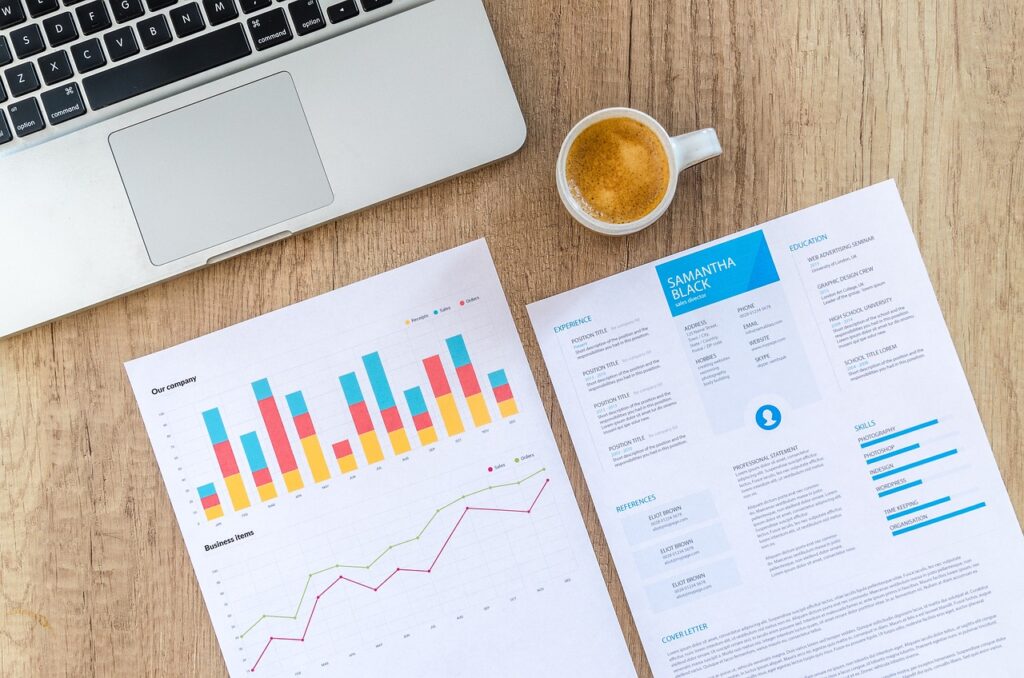Having debt at a young age can be both tricky and frustrating. But unfortunately, this is a reality many young college students face in today’s society. These loans vary in size and in their conditions, but they all come with the same requirement: to be paid off. And that’s what we are going to be going over in this article: the best way for every individual to optimize and attack their student loan payments. In this post, we will be going over: what are student loans?, evaluating your financial scenario, and paying your student loans efficiently.
Let’s start with the bare bones.
What are Student Loans?
Students take out these loans in order to pay for higher education. Student loans can come in two different forms:
Federal Student Loans: These loans are offered to students through the government. These loans typically come with a grace period and are dependent on the student’s financial aid package. To learn more about these loans and visit the official Federal Student Aid webpage, click here.
Private Student Loans: These are offered by private lenders such as banks or credit unions.
Which loan should I pick? For a more in-depth answer, check out another article from us here. The short answer to this question is: you should take out a federal student loan first, then, if that is not enough, take out a private student loan to cover the difference. This will optimize the benefits of federal student loans and minimize the potential damage of private student loans.

Evaluate your financial scenario.
Paying student loans is all about evaluating your current financial standing and prioritizing debt payments.
What is prioritizing debt? Prioritizing debt is the process of singling out the most extreme debt you owe and fighting that first. This is relevant here because, if your student loans do not have the most aggressive interest rate, they may not be the debt you should pay off first. This allows you to pay the least amount of interest possible on all of your debts.
Evaluating your current financial standing is all about understanding both your total monthly income and your total monthly expenses.
Income: This includes pay stubs from an employer, scholarship money, federal grants, investments, disability, side hustles, and anything else that is making you money. As long as the income is steady and reliable, feel free to use it in evaluating your total income.
Expenses: This includes everything you regularly pay for on a monthly basis. These expenses should range between “vital” and “luxury” expenses. Make a two-column list and organize your “needs and wants” accordingly on the list. Then take a total of each separately as well as a total of both columns together. Next, make sure your total expenses do not exceed your income. This is something you are likely already aware of, but getting a real and accurate number to express the difference between your income and expenses should put your financial scenario into perspective for yourself.
Make sense of your spending.
After following these steps, you should have your finances laid out in front of you in a way that will make them easier to discern and digest. Here are the things you are going to want to look for:
- Unnecessary expenses: This includes things like eating out (all the time), too many TV subscription services, excessive clothing shopping, and things of this nature. None of these expenses hold any real priority over paying off debt or student loans. Instead, these expenses only pull you further into debt, making your life both more stressful and complicated.
- Insurance rates: Make sure that you are not overpaying for insurance. Insurance companies are great about giving out rates and comparisons for new customers. Do a quick internet search. Or, call your insurance provider’s competitors and ask for their rates. Keep in mind that, if you are younger, you are going to be subject to higher rates, especially with car insurance.
- Debt: Evaluate all of your debt. Yes, paying off student debt is important, but it may not take priority over a debt with a higher interest rate. Prioritizing your most extreme debts first will allow you to pay the least in interest over the life of these loans. If you do not know the interest rate on something you owe, contact the lender and inquire about it. If the interest rate seems excessive, make sure it is within legal limits. Click here to visit the Consumer Finance Protection Bureau for more information on illegal interest rates.
Pay your debts and student loans efficiently.
At this point, you should have a general idea of exactly what you’re dealing with financially. Now here is a step-by-step guide on how to pay off these debts.
- Prioritize the debt with the highest interest rate. This will allow you to pay the least amount of interest on all of your debt. It also allows you a simple and systematic way to go about attacking your debt.
- Cut wasteful spending. Eliminating these “want” purchases gives you all the more funds to direct towards paying off debt.
- Explore different payment plans. This is possible with both federal and private loans. A private loan can be refinanced, which can result in a better interest rate. There are many options for federal loans. Click here to check out Federal Student Aid’s repayment options, loan consolidation offers, and more.
- Commit to the cause. Commitment is crucial to effectively paying off your debt. If you have made it this far, then you can make it all the way.
Conclusion: Dealing with student debt is no small matter, and it shouldn’t be treated as such. But if you set your mind to it and work for it, you can be debt-free!


